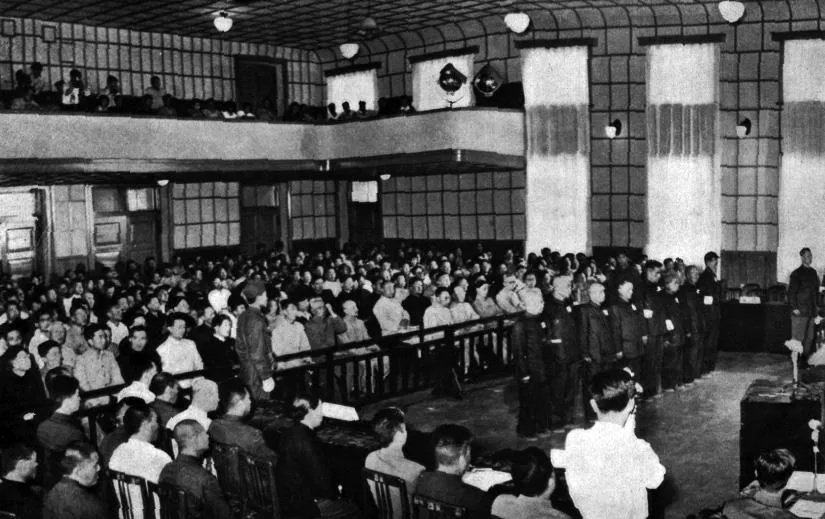April 16, 2024 (EIRNS)—Tensions between Kenya’s government forces and the public are rising, as a strike by Kenyan doctors has entered its second month. Court-ordered talks between the government and striking doctors broke down on March 22 without an agreement. A similar strike by medical personnel in 2017 (in “better” economic times) lasted over 100 days before being resolved. In spite of the government’s hard line—even threatening to fire striking physicians—the momentum of the strike has continued to build, gaining both additional strikers and support among the Kenyan public. As such, the physicians have become the leading edge of opposition to the brutal austerity policies of the Ruto administration.
Some 5,000 physicians of the Kenya Medical Practitioners Pharmacists Dentists Union (representing about half the nation’s doctors) went on strike on March 14. Although pay was an issue, medical staffing of hospitals and clinics was the priority for the union, with strikers alleging failure of the government to hire additional interns (at full salary), a critical point of the 2017 agreement. A judge issued an order for talks, which took place on March 21. After a tense, seven-hour session essentially broke down, each side issued separate statements to the press in the early hours the next morning.
Since then, the strike temperament has only continued to grow, with members of the Kenyan Union of Clinical Officers—affecting over 8,000 local health outlets—joining on April 1. The strike now threatens to develop its own critical “mass strike” density. In response, the Ruto government has mobilized both conventional and non-conventional forces, in an effort of desperation which verges on self-preservation. On April 15, Inspector General of Police Japhet Koome issued a directive which, after asserting that “non-medicals” were threatening to cause “havoc” in an April 16 march, put the entire national police force on alert, stating that striking doctors would be dealt with “firmly.”





